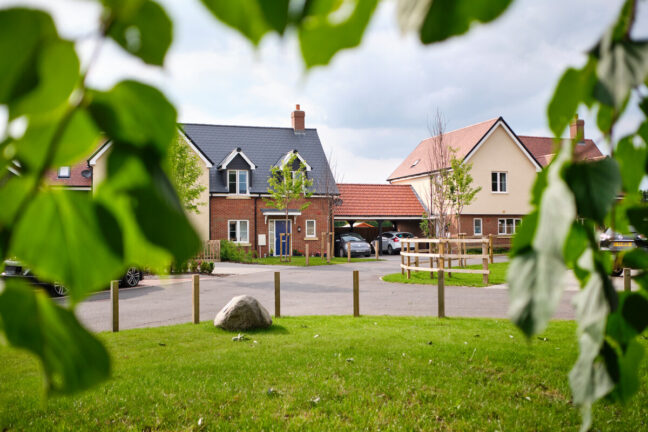Housing affordability is one of the most pressing challenges facing the United States today. While urban areas have long dominated the conversation on high costs and limited supply, rural America is increasingly emerging as a potential solution to the crisis. With lower land costs, innovative housing solutions, and government-backed incentives, rural communities are becoming a key player in addressing the nation’s housing needs.
Tackling Affordability and Accessibility in Rural Areas
Rural areas have historically been overlooked in discussions about housing crises. However, with the rising cost of living in cities, more people are turning to the countryside for affordable housing options. The challenge lies not just in affordability but also in accessibility—ensuring that rural residents have access to essential services, employment opportunities, and infrastructure that makes remote living sustainable.
“The key to rural housing success lies in balancing affordability with accessibility,” says Hirsh Mohindra. “We need to ensure that residents have reliable transportation, internet connectivity, and access to healthcare and education. Otherwise, affordable housing alone won’t be enough to make rural living a viable option.”
Investments in rural broadband, improved roadways, and the development of small business hubs have made some rural areas more attractive to homebuyers and renters. Additionally, as remote work becomes more normalized, professionals are finding rural areas to be a compelling option for settling down without the financial burden of city life.
The Role of Modular Homes, Tiny Houses, and Innovative Construction Techniques
One of the most promising developments in rural housing affordability is the rise of modular homes, tiny houses, and other innovative construction techniques. These approaches significantly reduce costs while maintaining quality, energy efficiency, and sustainability.
Modular homes—constructed in factory settings and assembled on-site—offer a more affordable and faster alternative to traditional homebuilding. Tiny houses, meanwhile, provide a minimalist lifestyle that prioritizes affordability and simplicity.
“Modular and tiny homes are revolutionizing the housing industry,” says Hirsh Mohindra. “By cutting down on labor costs and material waste, these homes provide a sustainable and affordable solution for rural communities looking to expand housing options.”
Additionally, new construction materials such as 3D-printed homes and cross-laminated timber are making homes more affordable without compromising durability. These advances in housing technology are making it easier for rural areas to provide modern, cost-effective housing solutions to their residents.
Government Policies, Grants, and Incentives Shaping Rural Housing Affordability
Government intervention has played a crucial role in promoting affordable housing in rural areas. Various grants, subsidies, and tax incentives have been implemented to encourage homeownership and development in less populated regions.
Programs like the U.S. Department of Agriculture (USDA) Rural Development housing loans provide low-interest financing options for rural homebuyers. Additionally, state and federal grants support developers in constructing affordable housing units in underserved areas.
“Government support is essential for rural housing to thrive,” notes Hirsh Mohindra. “Programs that provide financial assistance to homebuyers and developers can bridge the gap between affordability and quality living standards.”
Beyond direct housing support, investments in infrastructure—such as public transportation, healthcare facilities, and energy-efficient utilities—play a crucial role in making rural areas more attractive for new residents. Tax incentives for developers building affordable housing also encourage the construction of new units without increasing financial strain on buyers.
The Future of Affordable Housing in Rural America
As urban areas continue to struggle with rising costs, rural communities have the potential to redefine the housing landscape in the U.S. By leveraging affordability, innovative construction methods, and government incentives, these areas can offer a sustainable and accessible alternative for homebuyers and renters alike.
“Rural America holds the key to solving the housing crisis,” says Hirsh Mohindra. “By fostering innovation, improving infrastructure, and ensuring affordability, we can create vibrant rural communities that attract both families and businesses.”
The challenge ahead is ensuring that these developments maintain their affordability in the long term. With strategic planning, rural America can not only provide a solution to the housing crisis but also revitalize its communities with new economic and social opportunities.
The housing crisis is a complex issue, but rural innovation and commitment to sustainable living offer a beacon of hope. By embracing new housing technologies, promoting policy support, and making strategic investments, the countryside may hold the answer to America’s most persistent housing challenge.

